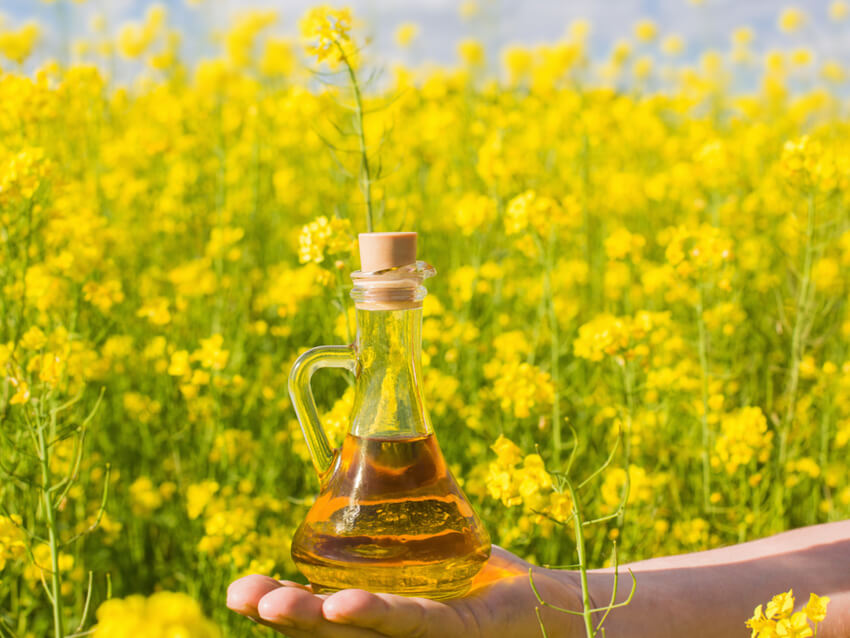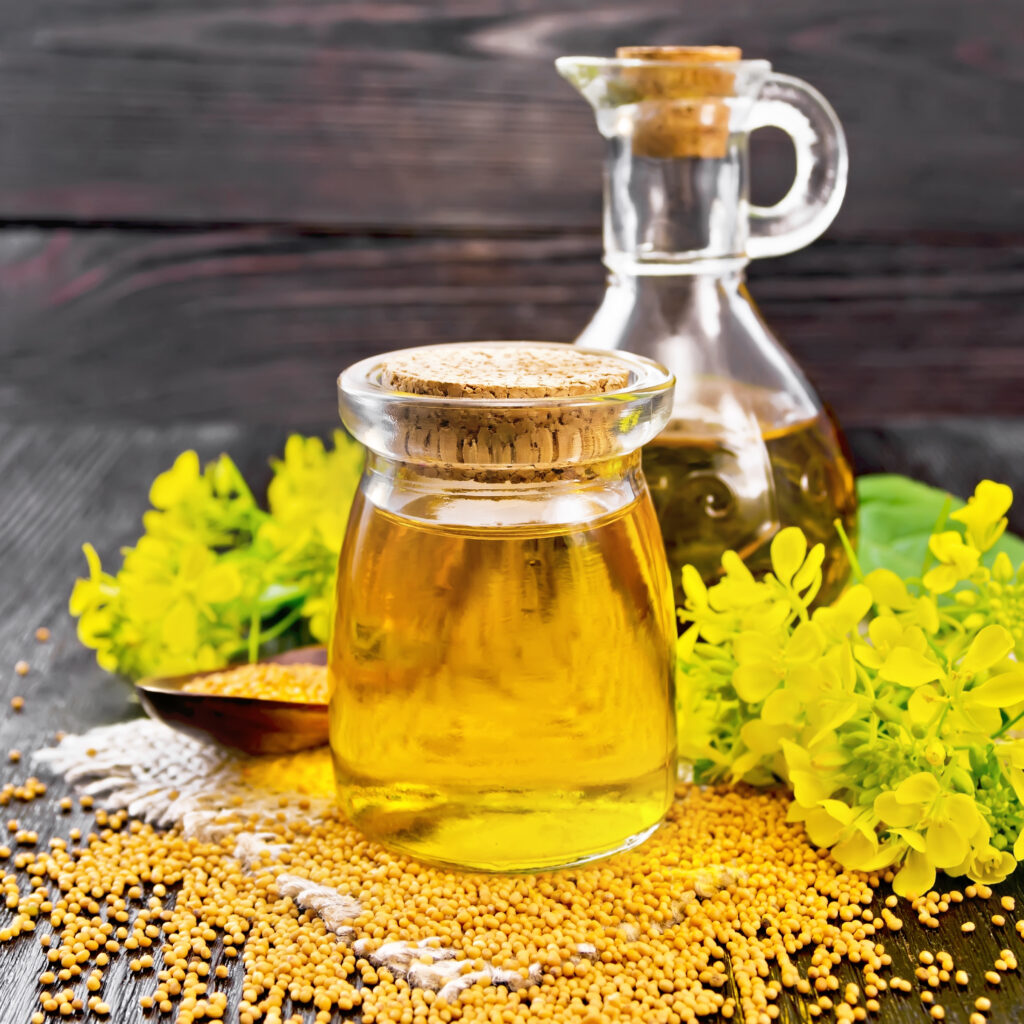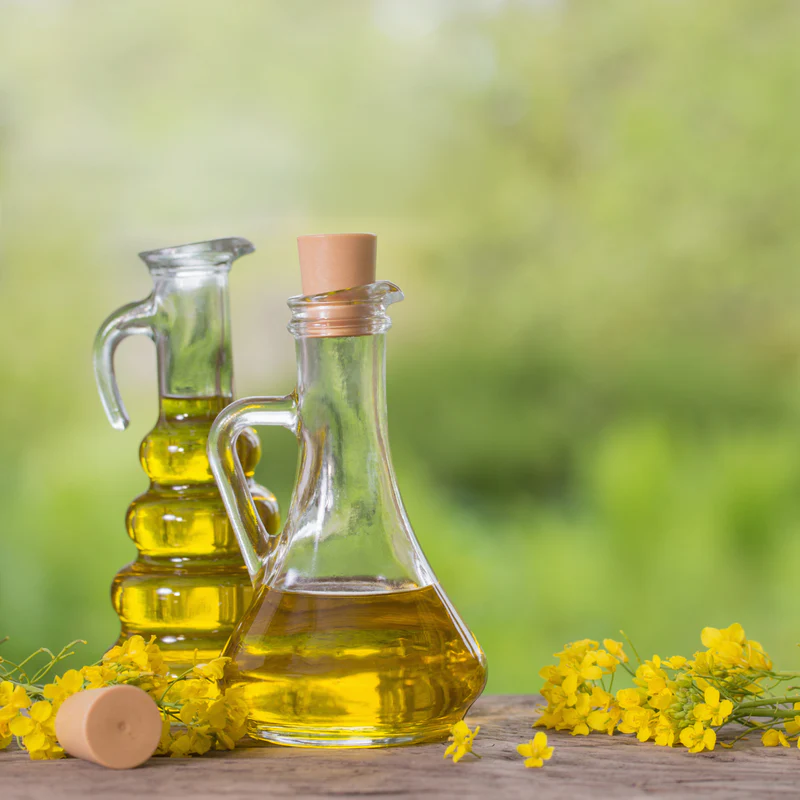Vegetable oil is a critical commodity in the global economy. From household kitchens to industrial food production, biofuels, cosmetics, and even pharmaceuticals, vegetable oils serve a wide array of purposes. With rising global demand for plant-based and renewable alternatives, understanding the dynamics of vegetable oil production becomes essential. One of the most pertinent questions in this field is: Which country is the largest vegetable oil producer in the world?
This article provides a detailed and comprehensive look into global vegetable oil production, highlighting the top producing nations, with a specific focus on the leading producer: Indonesia.
Understanding Vegetable Oil: A Global Commodity

Vegetable oils are triglycerides extracted from plants, typically from seeds, nuts, or fruits. The most widely consumed vegetable oils worldwide include:
- Palm Oil
- Soybean Oil
- Canola (Rapeseed) Oil
- Sunflower Oil
- Coconut Oil
- Olive Oil
Each type of oil varies in its nutritional profile, use case, and regional significance. For instance, palm oil dominates Asian and African markets, while soybean oil is prevalent in the Americas.
In 2024, global vegetable oil production was estimated at over 220 million metric tons, driven by growing consumption in food processing, fast food, packaged snacks, personal care items, and the biodiesel industry.
The Largest Vegetable Oil Producer in the World: Indonesia

Indonesia is the world’s largest vegetable oil producer, primarily due to its massive palm oil industry. It surpasses all other nations in both production volume and export capacity of vegetable oils.
1. Dominance in Palm Oil Production
Palm oil accounts for over 60% of global vegetable oil trade, and Indonesia is responsible for nearly 60% of the world’s palm oil supply. According to the United States Department of Agriculture (USDA) and Indonesia’s Ministry of Agriculture:
- Indonesia produces more than 46–48 million metric tons of palm oil annually.
- It exports over 30 million metric tons, generating billions in foreign exchange.
This vast production places Indonesia far ahead of other vegetable oil producers, including Malaysia, China, Brazil, and the United States.
2. Major Oil-Producing Regions in Indonesia
Key palm oil-producing provinces include:
- Riau and North Sumatra (Sumatra Island)
- Kalimantan (Borneo Island)
- West Papua
- Jambi and South Sumatra
These regions have optimal climatic conditions for oil palm cultivation — high rainfall, rich tropical soil, and year-round warm temperatures.
3. Economic Importance
Palm oil is the most important agricultural export for Indonesia, contributing significantly to GDP and employment. Over 17 million Indonesians are involved in the palm oil value chain, including farmers, processors, transporters, and exporters.
Why Indonesia Leads Global Vegetable Oil Production

Indonesia’s position at the top of the vegetable oil production pyramid is a result of several interlinked factors:
A. Ideal Agro-Climatic Conditions
The country’s equatorial climate — with consistent temperatures between 25°C and 32°C, and high annual rainfall (2,000–4,000 mm) — supports year-round palm oil cultivation. The oil palm tree (Elaeis guineensis) thrives in these conditions, producing oil-rich fruit every 15–20 days.
B. Large-Scale Plantations
Indonesia has over 16 million hectares under oil palm cultivation. Both private enterprises (like Wilmar, Sinar Mas, and Indofood) and smallholder farmers contribute to production. Large plantations ensure scale, efficiency, and quality control.
C. Government Support
Indonesia’s government has supported palm oil expansion through:
- Subsidies and tax incentives
- Infrastructure development (roads, ports, palm oil processing units)
- Smallholder integration schemes, including land rights and seed distribution
D. Export-Oriented Economy
Indonesia’s palm oil is exported to over 150 countries. Major importers include:
- India
- China
- Pakistan
- The European Union
- Bangladesh
- Egypt
Besides crude palm oil (CPO), Indonesia also exports refined palm oil, palm kernel oil, olein, and other derivatives used in soap, margarine, and biodiesel.
Comparison with Other Leading Producers

1. Malaysia
Malaysia is the second-largest vegetable oil producer in the world, with over 19 million metric tons of palm oil produced annually. Like Indonesia, Malaysia relies heavily on palm oil exports, with major cultivation in Sabah and Sarawak (Borneo) and Peninsular Malaysia.
Malaysia also leads in sustainable palm oil certification (MSPO and RSPO) and downstream value-added processing.
2. China
China produces a variety of vegetable oils, including soybean oil, rapeseed oil, peanut oil, and cottonseed oil. Its total annual production exceeds 26 million metric tons, but much of its demand is met through imports — particularly palm and soybean oil.
3. Brazil
Brazil is a top producer of soybean oil, generating around 9–10 million metric tons annually. With large-scale GMO soybean farming in states like Mato Grosso, Brazil is a major exporter to China and Europe. The country is increasingly investing in soybean-based biodiesel production.
4. United States
The USA is another significant soybean oil producer, yielding over 11 million metric tons per year. Midwest states like Iowa, Illinois, and Minnesota dominate production. Soybean oil is widely used in processed foods, frying, and biofuel (renewable diesel).
5. European Union
Countries like Ukraine, Russia (before the war), France, and Germany produce large quantities of sunflower and rapeseed oil. Ukraine was the top sunflower oil exporter before 2022, and the EU focuses more on sustainable and non-GMO vegetable oils.
Environmental and Sustainability Challenges

Indonesia’s palm oil industry, while economically powerful, faces several environmental and social challenges:
1. Deforestation and Biodiversity Loss
Expanding palm plantations have led to significant deforestation in Indonesia, threatening rainforests and endangered species like orangutans and Sumatran tigers.
2. Greenhouse Gas Emissions
Deforestation, peatland drainage, and land-use change contribute to high carbon emissions, making palm oil controversial from a climate perspective.
3. Labor and Land Rights Issues
Smallholder farmers often face uncertain land tenure, low incomes, and limited access to sustainable certification schemes.
4. Sustainability Response
To address these concerns, Indonesia has:
- Implemented Indonesian Sustainable Palm Oil (ISPO) certification
- Participated in RSPO (Roundtable on Sustainable Palm Oil)
- Enforced temporary moratoriums on new forest clearing for palm plantations
The Future of Vegetable Oil Production in Indonesia
Indonesia’s dominance in vegetable oil production is expected to continue, but with growing emphasis on:
A. Sustainability and Certification
Global buyers are increasingly demanding traceable, deforestation-free palm oil. Indonesia must scale up ISPO compliance to retain market access, especially in the EU.
B. Biodiesel Expansion
Indonesia mandates B35 biodiesel blending, which uses palm oil as feedstock. This domestic demand reduces export pressure and supports energy independence.
C. Innovation and Yield Improvement
Agri-tech startups, precision farming, and high-yielding oil palm varieties are being adopted to improve productivity without expanding land use.
D. Diversification
Indonesia is also investing in coconut oil, corn oil, and avocado oil industries for domestic and export use.
Conclusion
Indonesia’s title as the largest vegetable oil producer in the world is driven primarily by its dominant position in the palm oil industry. With ideal growing conditions, vast land resources, supportive government policies, and strong global demand, Indonesia continues to lead the global market. However, environmental sustainability, labor rights, and international regulations will shape the future of vegetable oil production in the country.
As the world moves towards cleaner energy, sustainable food systems, and ethical trade, Indonesia must balance economic growth with ecological responsibility. For researchers, policymakers, and agribusiness leaders, Indonesia offers a rich case study in managing a global agricultural superpower in the 21st century.





Leave A Comment